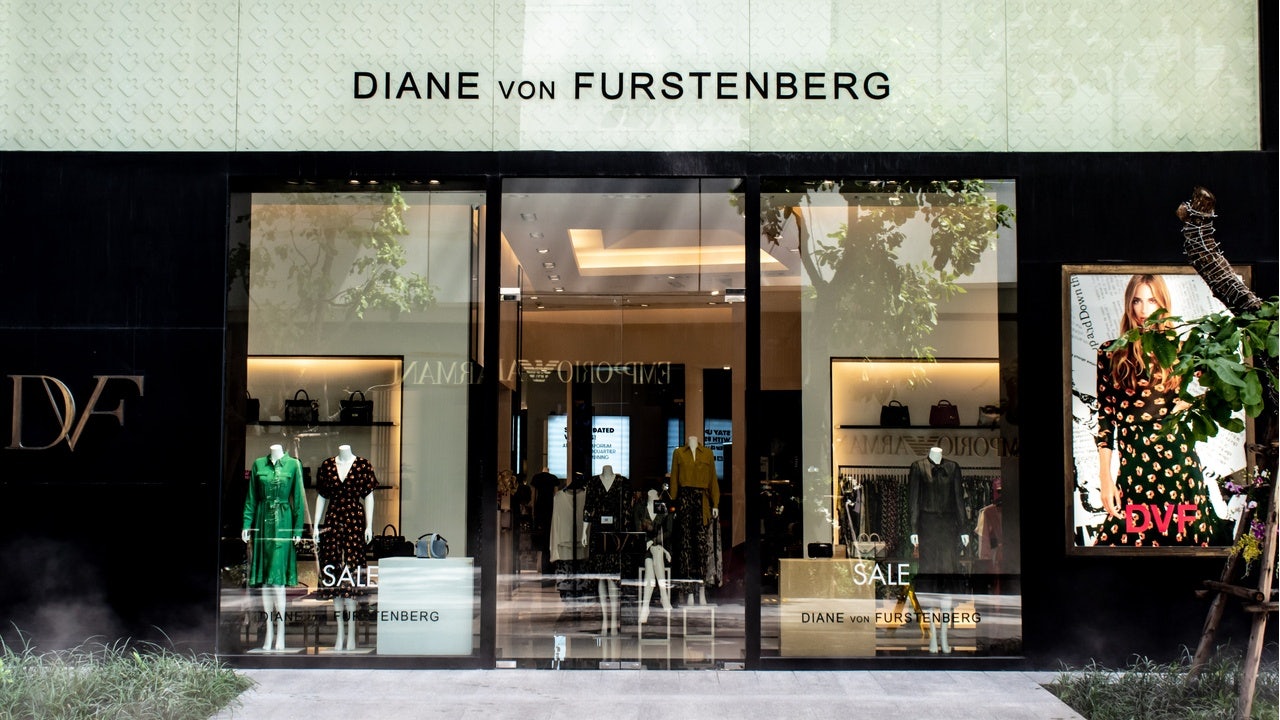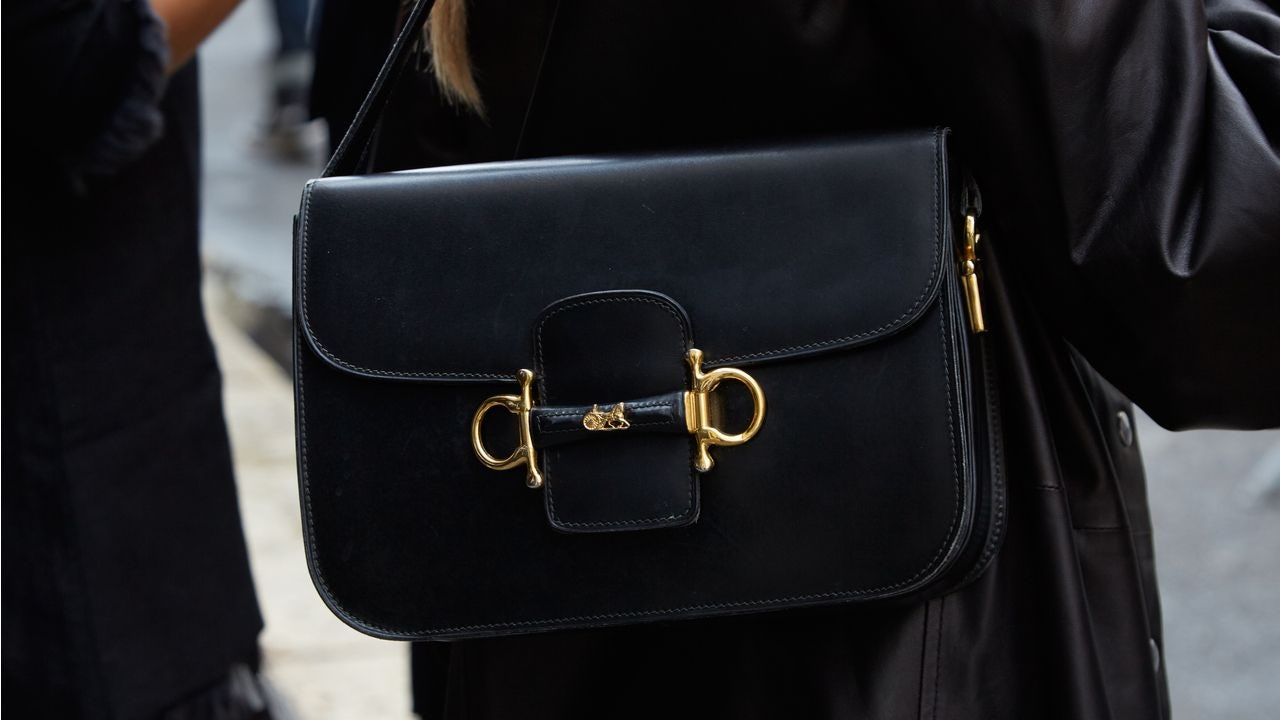Key Takeaways:#
Added Luxury Value (ALV) is the main luxury brand driver and helps to explain why true luxury brands provide extreme value. As such, it’s important for a brand to continuously reassess its value creation model to determine if it truly creates extreme value.
One of the most obvious signs that measure a brand’s success is promotional sales. Promotions always destroy brand equity in the luxury space, with no exception.
If a brand's positioning is simply described with vague and exchangeable terms like “our brand uses the most high-quality materials and applies exceptional craftsmanship,” then it is time to make changes.
The first quarter of 2021 has been a success story for brands like Louis Vuitton, Dior, Hermès, and Gucci. However, not all luxury brands have seen the same success as these brands, and many others risk falling significantly behind these luxury leaders.
Équité estimated a few months ago that up to 50 percent of today’s luxury brands will not survive the next decade. Prominent examples, like the US store closures of Diane von Furstenberg and the filing for the administration of Ralph & Russo, underline how many brands need drastic interventions. While top brands enjoy the results of their best-in-class activities during the pandemic, many others feel the struggle — an indication that they need a jumpstart.
Now is a good moment for a reminder that luxury does not define itself by the price. The price is a result of the value brands create. In this column, I have described the concept of Added Luxury Value (ALV), the core value driver of luxury brands, several times. My research has shown that, via a combination of tangible and intangible factors, some brands develop ALV, while many others don’t. Luxury can be defined by its ability to create ALV. Since ALV exceeds all other brand value components by magnitudes, ALV is the main luxury brand driver and helps to explain why true luxury brands provide extreme value.
As such, it’s important for a brand to continuously reassess its value creation model through meticulous analysis to determine if it truly creates extreme value. When I audit brands, I typically find that, aside from the leading brands, they have significant deficits in their abilities to create extreme value through ALV. If these deficits are not aggressively addressed, any action the brand will take cannot result in any commercial success. In other words, if brands do not create extreme value, they will not succeed in the luxury space.
So, what are the indicators of value creation model deficits? One of the most obvious signs that measure a brand’s success is promotional sales. Promotions always destroy brand equity in the luxury space, with no exception. Therefore, repeated promotions and a high share of promotional volumes indicate that a brand's value creation model is not working. Other clear warning signs are stagnating or declining sales and the inability to launch new product lines at significantly higher success rates than previous lines. When you see any of these indicators, action is necessary.
A critical area of concern is differentiated brand positioning. Far too often, we audit brands and find there are no brand positions other than an internal description of what the brand does. Many brands confuse visual branding (logo, design) with strategic brand positioning. However, if a brand's positioning is simply described with vague and exchangeable terms like “our brand uses the most high-quality materials and applies exceptional craftsmanship” or values like “performance” and “innovation,” then it is time to act. Brand descriptions like these tell customers nothing and only position a brand within a category vector from an internal perspective.
That may have worked five or ten years ago when there was less transparency and competition. But it does not work in today's hypercompetitive, digital world where consumers demand to know why brands do what they do and how they can allow them to live better. Just claiming that a brand is “the best” or “highest quality” means nothing and even decreases the credibility and desirability of a brand. In luxury, uniqueness is key. Yet, many brands still apply the same strategies as everybody else when analyzed from an external perspective.
To jumpstart your brand, you first must follow these three indispensable steps: 1. You must achieve clarity on the status of your brand's relative positioning and competitiveness. 2. You must significantly strengthen your fundamental brand equity positioning and translate that vision of the brand into a differentiated and tangible proposition from a customer perspective. 3. You must create a truly holistic experience strategy, combining all physical and digital touchpoints far beyond just the sales moment.
A regular brand audit is a must. I often get asked if it is necessary. To me, this would be like a physician who prescribes the therapy without knowing what the issues are. Without a brand audit, the likelihood of any measure of success will be close to zero. What is critical is to circumvent internal biases.
We all love the things we do and have rationales why certain things are the way they are. These internal biases often prevent brands from brutally honest situational analyses, compounding existing issues. Even worse, many internal brand audits overestimate the power of how clearly and persuasively a brand is differentiated from competitors. Internally, brands think they know how consumers perceive them. However, when sophisticated consumer sentiment measurement is applied, I often see significant gaps between internal and external perceptions. If these biases are not identified and addressed, brands can lose valuable time and weaken their competitive positioning.
Audit findings need to be “translated” into consumer-centric brand positionings that are tangible from a rational and emotional perspective. That means defining how “what we do” (materials, craftsmanship, design, technology, service, etc.) truly impacts customer lives. I have seen very few brands that have total clarity in this way.
The catch? If there is any ambiguity about the brand positioning and its storytelling, it will be dramatically amplified to the customers, leading to massive confusion. What do I mean? I often find that within the brand leadership team, the brand's positioning description differs drastically.
Sometimes, when asking the top managers of a brand, I get ten or more different positions, as if they all worked for different brands. That number multiplies throughout the organization across each layer. And, as a result, it is more common than not for consumers to have no idea what a brand is about.
In luxury, where ALV drives extreme value, not having a perceived brand story means there is no significant value creation. Consequently, a brand will not be successful without addressing it. In this context, I hate the word “relaunch.” Instead, I call it a translation from what the brand intends to be known for to tangible value components for consumers. Relaunches often change a brand's vision and positioning too drastically, adding to customer confusion. Pricing strategy optimization should also be a part of this brand transition to avoid further brand equity erosion via incorrect pricing.
After the brand positioning is optimized, brands must question each step in their customer experience creation, whether digital or analog, before or after the purchase. Details matter in luxury, and all experience elements need to amplify the desire conceived in the brand's unique positioning.
The next 12-24 months will be critical for many luxury brands. In a post-COVID-19 reality, there have already been significant consumer sentiment shifts. Generation Z is becoming an influential force in all product categories, and competition is heating up. It is a make-or-break time for many brands. The future is in your hands.
Daniel Langer is CEO of the luxury, lifestyle and consumer brand strategy firm Équité, and the professor of luxury strategy and extreme value creation at Pepperdine University in Malibu, California. He consults some of the leading luxury brands in the world, is the author of several luxury management books, a global keynote speaker, and holds luxury masterclasses in Europe, the USA, and Asia. Follow @drlanger


